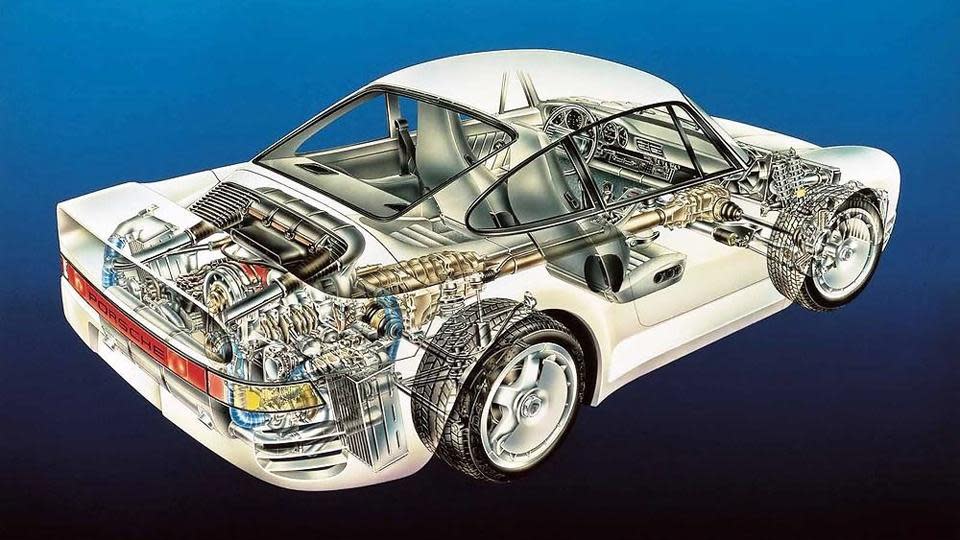The ten most advanced cars of their decades

MORE AT JALOPNIK
As cars get ever more technically advanced, it's important to look back and see the roots of what we now take for granted — and maybe find old ideas with modern relevance. These are Jalopnik readers' choices for the most advanced cars in each decade of the past hundred years.
Answers of the Day is a daily Jalopnik feature where editors take the ten best responses from the previous day's Question of the Day and shine it up to show off. Enjoy!

1911-1920:Cadillac Type 53
Suggested By: bassumarus
Why it was state of the art: Early automobile controls were a jumbled hodgepodge of levers, pedals, cranks, slides and indicators that varied wildly from vehicle to vehicle. The Type 53 rationalized the entire mess and implemented the standard vehicle-control layout that persists to this day. Other significant features included such advances as an early V-8 engine and an electric starter.

1921-1930: Lancia Lambda
Suggested By: Mack Totally Board 41
Why it was state of the art: Vincenzo Lancia deserves far more recognition than he gets for the technical prowess of the products that bear his name. The Lambda pioneered two major technical breakthroughs: the car's structure was a monocoque/unibody, extraordinarily stiff for its time, and the wheels were sprung independently. The oddly sleek machines were a major step forward in handling and roadworthiness.

1931-1940: Cord 810/812
Suggested By: chrisdraper2007
Why it was state of the art: The coffin-nosed Cords were Art Deco shapes wrapped around high technology: front-wheel-drive, preselector gearboxes, superchargers on the 812, advanced suspensions and safety and convenience features like variable-speed wipers and a radio. The disappearing headlights aren't notably advanced technically, but aesthetically — like the rest of the car — they were groundbreaking.

1941-1950: Tucker Sedan
Suggested By: waveridin1959
Why it was state of the art: Preston Tucker's huge, radical aircraft-influenced sedan was a monument to progressive thought and intelligent engineering. Only 51 of the rear-engined, independently-suspended cars were built before the company was overcome by financial crises — propagated, many say, by the powers in Detroit that were intimidated by Tucker's ambitions.

 Yahoo Autos
Yahoo Autos 
